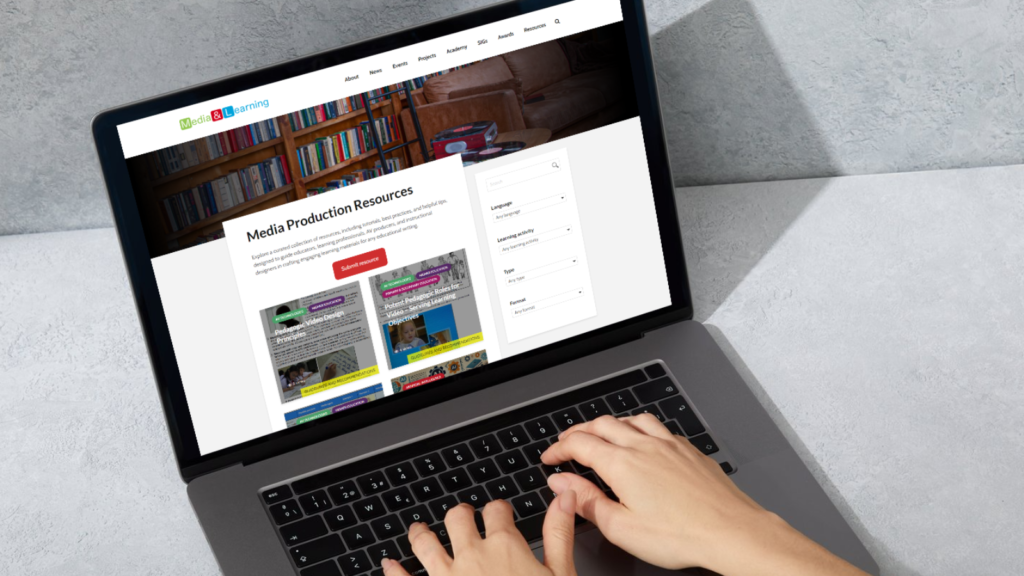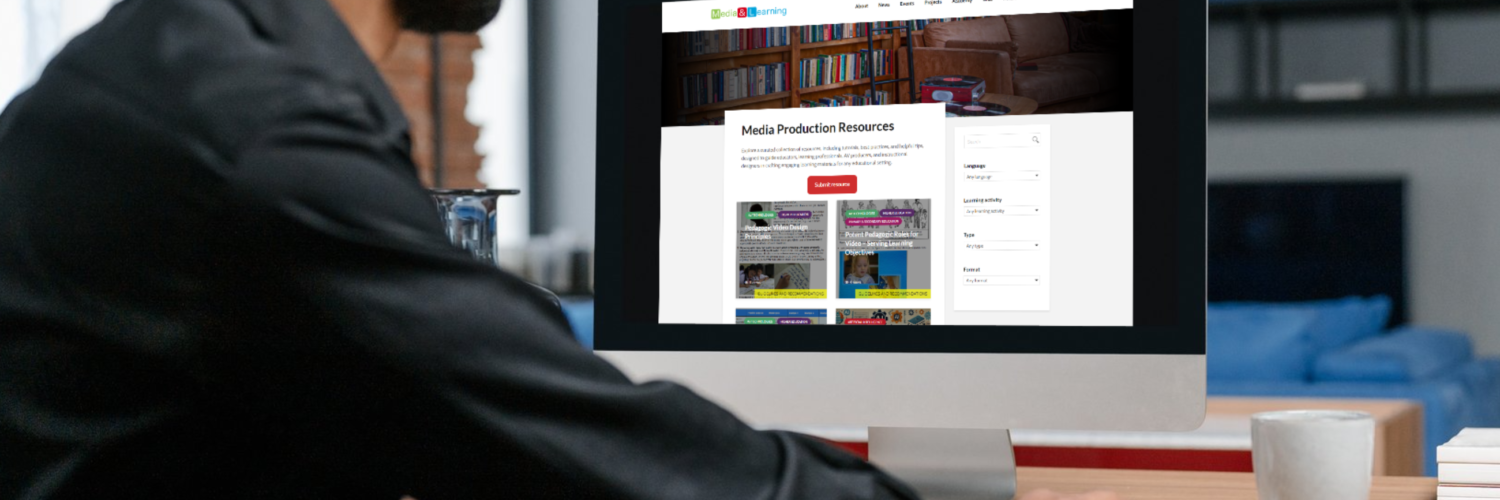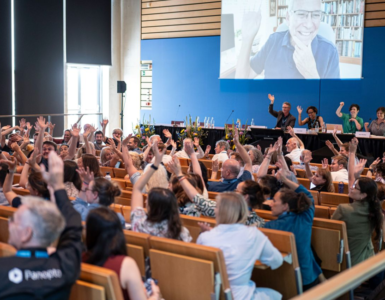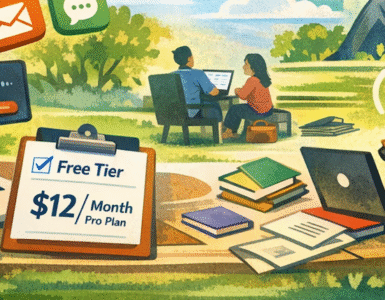The dynamic landscape of higher education demands innovative approaches to teaching and learning. The Media Production Resources Hub is a platform designed to support a diverse community of professionals, including educators, third space professionals, media producers, learning designers, and instructional technologists, in creating and leveraging media for enhanced learning experiences.
Whether you’re crafting engaging learning experiences, designing innovative learning spaces, producing compelling media content, or developing applications, the Hub offers a wealth of resources, tools, and inspiration to fuel your work.
Invitation to contribute
We invite you to contribute resources that you consider useful to the Hub. Whether it’s a video tutorial, an interactive learning object, a research paper on media-enhanced learning, or other resources, your contributions can inspire and support others. By sharing your work, you’re not only helping your peers but also positioning yourself as an expert in your field.
Key benefits of contributing:
- Expand your network: Connect with like-minded professionals and build lasting relationships.
- Showcase your expertise: Demonstrate your skills and knowledge to a wider audience.
- Advance your field: Contribute to the collective body of knowledge and drive innovation.
- Support open education: Make a positive impact on the global learning community.
Some examples to get inspired by

Below you will find some selected examples of HUB entries ⤵️
“Enhance your course with multimedia – a decision-making support tool”
This resource was designed to help educators choose the most effective media types for their courses. Created by TU Delft Teaching and Learning Services in collaboration with the NewMedia Centre, the tool serves two main purposes: to inspire educators with various media examples that can be filtered by media type or course component, and to provide estimates of the effort required to create these media, whether through DIY methods or by collaborating with the NewMedia Centre. This tool helps educators make informed decisions when integrating multimedia into their teaching. The resource is available in English.
“Writing a script”
This 2-minute 55-second video is part of a series on creating educational videos, focusing on scriptwriting. It provides a straightforward guide on writing scripts and organizing video elements like audio, images, and text. The series also covers video preparation, DIY concepts, legal factors, production, recording, screen casting, editing, and distribution, and is available in English and Dutch.
“Pedagogic Video Design Principles”
Jack Koumi’s paper outlines a structured approach to designing educational videos that achieve cognitive learning objectives. It presents 33 design principles organized into eight categories: Hook, Signpost, Stimulate Cognitive Engagement, Enable Constructive Learning, Sensitize, Elucidate, Reinforce, and Consolidate. These principles focus on capturing attention, guiding viewers, encouraging active learning, avoiding redundancy, personalizing content, enhancing clarity, reinforcing concepts, and summarizing key points. The paper emphasizes effective narrative structure, visual clarity, and auditory quality to prevent cognitive overload and improve engagement. Practical examples, including screenshots and storyboards, illustrate how these principles are applied in educational contexts. The concepts are part of a broader pedagogic framework introduced in MOOCs and courses offered by the University of the Philippines Open University.
Ready to get involved?
Join our collaborative community and contribute your valuable resources to our ever-growing repository. Together, we can build a comprehensive and accessible knowledge base!

This project has received funding from the European Union’s Erasmus+ programme under grant agreement: KA220-HED-891C1312
Funded by the European Union. Views and opinions expressed are however those of the author(s) only and do not necessarily reflect those of the European Union or Deutscher Akademischer Austauschdienst e.V. – Nationale Agentur für Erasmus + Hochschulzusammenarbeit. Neither the European Union nor the granting authority can be held responsible for them.














